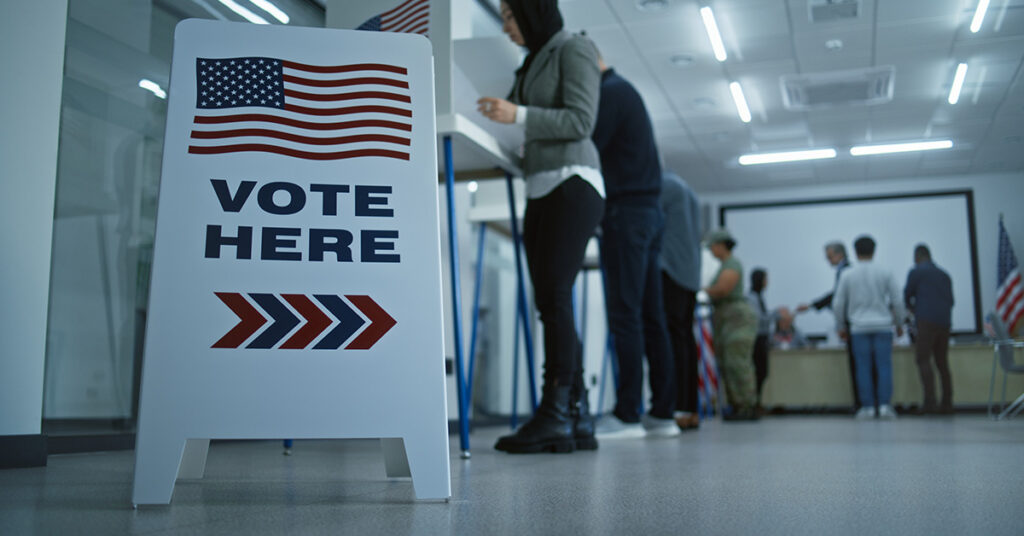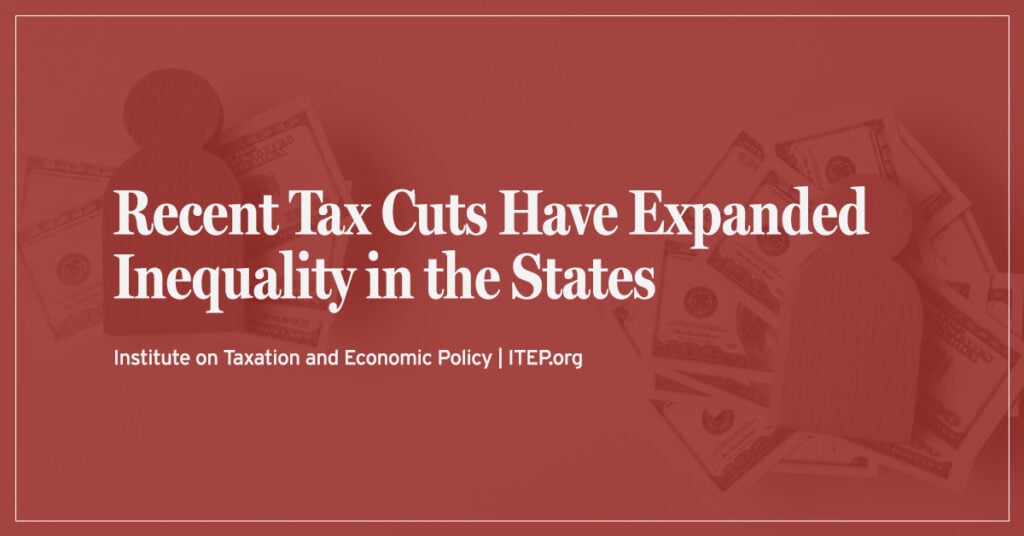Some taxpayers could see bills rise under plan
by Mary Jo Pitzl – Jun. 30, 2009 12:00 AM
The Arizona Republic
If Arizona shifted to a flat , there would be a seesaw effect on tax bills: Down for high-income earners but up for some in the middle, according to an analysis in response to a last-minute policy proposal.
Its effect on the state budget is less clear: Proponents say it should come close to having a neutral effect, while opponents and even the state’s own tax-collecting agency calculate a hit to state coffers at $450 million to $1 billion.
The flat tax emerged four days ago from the scrum over how to sell a compromise budget package to the Legislature. The flat -tax proposal passed a key Senate committee Monday night on a 4-3 vote.
The idea is that by permanently shifting to a single income-tax rate, reluctant conservatives could be wooed into sending a temporary sales-tax increase favored by Gov. to the November ballot. Republicans have balked at Brewer’s tax hike proposal, leading to a monthlong budget standoff.
The bait isn’t working.
Rep. Sam Crump, R-Anthem, said that he loves the idea of a flat tax and that it should be a no-brainer in a Republican Legislature and with a GOP governor. But it shouldn’t be lashed to the tax-hike proposal Brewer is seeking, he said.
Critics such as Sen. Jack Harper, R-Surprise, said it’s more a flat rate than a flat tax because the proposal allows two deductions and about a half-dozen tax credits to continue.
It would be simpler if the state took a person’s gross income and applied the rate against it, flat-tax purists argue.
But shifting the base on which income tax is calculated has rallied opponents.
Arizona currently bases its income tax on the federal adjusted gross income. The flat tax would make the base the gross federal income, setting a higher income threshold for calculating income tax.
The federal adjusted gross income allows expenses such as alimony payments, Keogh retirement plans, some individual retirement accounts and unreimbursed business and medical expenses to be deducted before are calculated.
If those deductions are not allowed, the base against which taxes are calculated goes up.
But for other taxpayers – about 54 percent – the switch to a flat tax would add up to a tax cut, according to an analysis done by the Institute on Taxation and Economic Policy for the Arizona Children’s Action Alliance. But it would increase taxes for an additional 24 percent. The institute is a branch of the Washington, D.C.-based Citizens for Tax Justice.
Families and the elderly would be among those absorbing a lot of that tax increase, the analysis found. But it’s a mixed result, driven by income levels and family situation.
For example, 46 percent of families with children would see a tax cut under the plan, with more than half the families making $48,300 to $151,200 getting a break.
But 30 percent of families with children would see a higher tax bill. It hits hardest at the lower middleincome level: Of families with a federal gross income of $31,800 to $48,300, 53 percent would get a tax increase; 38 percent in that bracket would get a tax cut. It is unclear what would happen to the remaining 9 percent.
The analysis prompted AARP to send an urgent “stop the flat-tax bill” alert to its members, telling them to call their lawmakers in opposition to the measure.
Nearly half of Arizona’s seniors would face a higher taxes, AARP says, in part because the plan eliminates a deduction for residents age 65 and older.
AARP cited the institute’s findings that 48 percent of Arizona seniors would get a tax hike. The study also found that 16 percent would get a savings.
Economist Dennis Hoffman, director of the L. William Seidman Research Institute at, said flat taxes shift more of the tax burdens from the wealthy to middle-income earners.
It’s too early to know which income levels would be affected. The legislation would require the state’s Economic Estimates Commission to study the issue and recommend a rate, no higher than 2.8 percent, that would reduce individual income taxes.
The state Department of Revenue estimated a shift to a single rate could cost the state $450 million a year, based on 2003 data that has been extrapolated to the 2012 effective date of the flat tax.
Legislative staffers say the figure is flawed because Arizona’s population has grown and the model does not account for changing demographics. Republic reporter Betty Beard contributed to this article.





